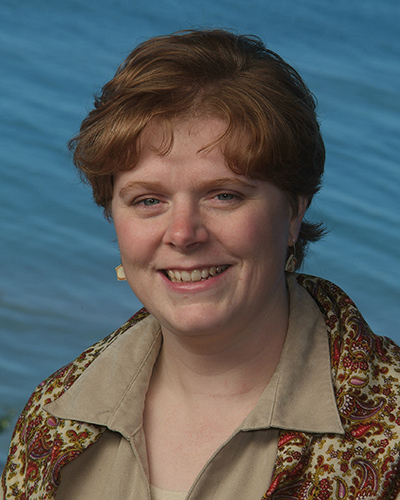Amy Smitter was interviewed regarding her insights and experiences in working with Michigan’s philanthropic community and the Our State of Generosity (OSoG) partners. The following quotes specifically relate to the five organizing themes of the OSoG project.
Servant Leadership in Michigan Philanthropy
“I think that the difference in the philanthropic structure in the state of Michigan comes from the strong leadership we’ve had in the state, some really visionary people who run some of our big foundations but also run some of our big statewide associations as well.”
“I also think that the philanthropic leaders here in the state have done a really good job in mentoring nonprofit leaders and association leaders in the state so that they can continue to work collaboratively and to think collectively.”
“I think servant leadership is a part of our culture here in the state of Michigan. I think it’s a really important part of our culture that’s been nurtured by many, many people. I think once you learn to be a servant leader, it continues to grow and it grows in the people that you support and mentor and bring into the system, bring into jobs within the field and that kind of thing.”
“It seems to me that there’s a lot less competition in the state of Michigan between nonprofits. I think that has something to do with the servant leadership model that’s been promoted here.”
Human, Financial, and Knowledge Resources
“Michigan is very different than other states. Having worked at the national level now, I find that often when I’m talking to people, they just don’t understand how interconnected they could be with others, because I don’t think it’s promoted in other states the same way it is here in the state of Michigan. I think that has a lot to do with the philanthropic community in the state. They have asked people to come together and to think strategically about what would be best for the state, how do we best deliver services, and how do we best spend our money in the state. I think those conversations have really, in a lot of ways, inspired people to think bigger, to think beyond what they normally would do with their nonprofit.”
Practical Wisdom
“The leadership here in the state (from the philanthropic community and the association work in the community, the higher education community), the things that I admire that I try to model in my work [are]: seeking to understand first; calling on colleagues, not just jumping to assumptions or conclusions, whether good or bad, about what might be possible; to decide to stick with a conversation a little longer to see what might be rooted out and what might be able to blossom and come from that kind of thinking.”
“When I think about the opportunity for every citizen in the state of Michigan (and frankly the world) to be part of service and volunteerism and to have that civic voice and to feel empowered by the things that they can bring and do for the community, I feel really optimistic about that. We had always hoped that we could start children at a very, very young age learning how to serve and bring them all the way through adulthood to be able to serve in their communities and to grow in that process and be part of it.”
“I think that there are so many systems and structures in place that make it difficult to do that. I do think that progress has really been made, either through Learning to Give, Campus Compact, The League, Volunteer Centers of Michigan… We have the puzzle pieces in the state of Michigan to be able to stitch that kind of continuum together. I think that the barriers that we’re facing are sort of the institutionalization of education, having to unwind, sort of, those processes and reach so many people that need to be a part of it.”
“Frankly, [it’s] a really difficult time reaching every single family, because we know that children who learn to volunteer through their home life will continue to volunteer as adults. So, it’s critically important [that] if they don’t get that as part of their family structure, that we reach them. The best possible way is through school systems, but those systems are hard to change. Not impossible, but hard. We’ll continue to work on that obviously. Everybody will continue to work on that.”
“When I really reflect back on it, my deepest and fondest memories are working collaboratively in the state of Michigan. I love that overused word, synergy, but there was a synergy to the process. There was a synergy to the work that we were all trying to do together.”
On Campus Compact
“I think that there are a couple of reasons that Campus Compact here in Michigan is stronger. A lot of it has to do with the founding organizations that you were talking about, as well as the philanthropic commitment in the State of Michigan. Michigan Campus Compact is not the largest Campus Compact and it doesn’t have the largest budget, but I think it has the deepest roots.The reason I think that is true is because of our partnerships with other organizations in the state, as well as our deep commitment in Michigan to make sure that campuses that want to join Campus Compact are truly committed to the mission and goals of the organization. They’re not just joining it to be on the list with other presidents that they consider peers.Michigan Campus Compact has forged these innovative partnerships and been invited in to some of these innovative partnerships with some of these larger organizations in the state. That has certainly helped us to create a base of legitimacy, but also I think connectedness, that people want to be part of in the state.”








